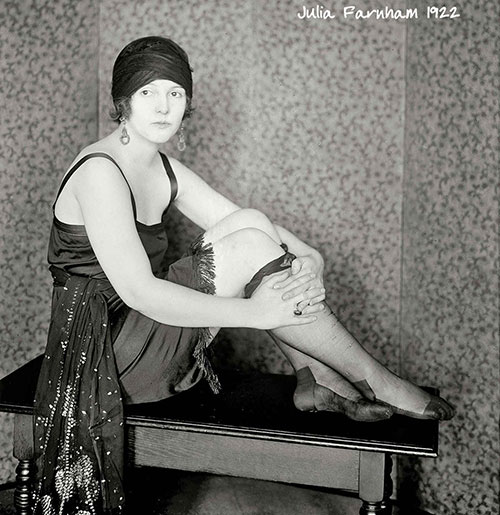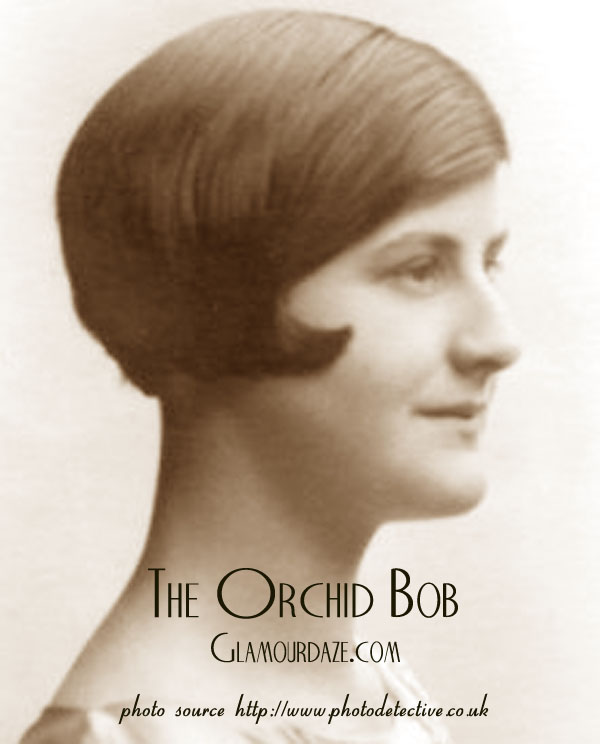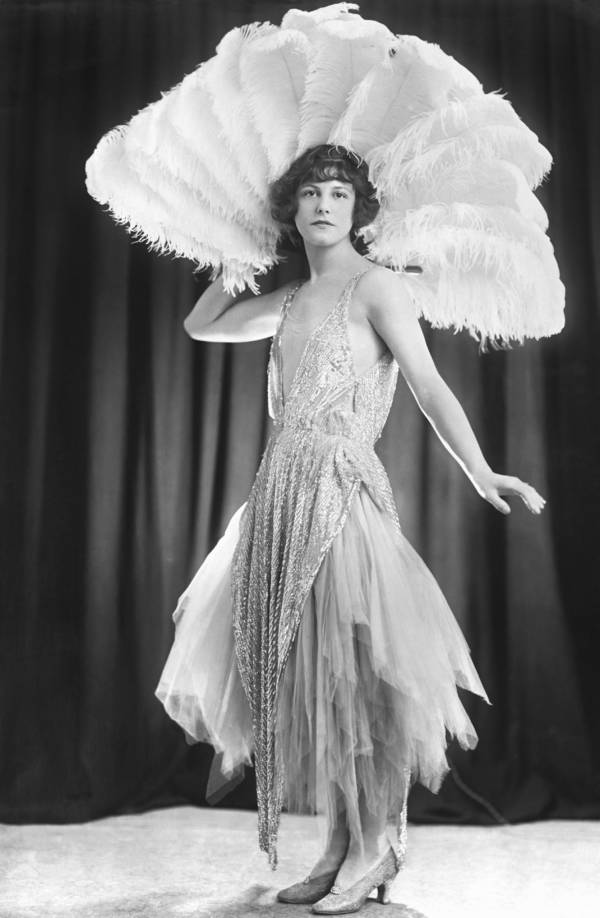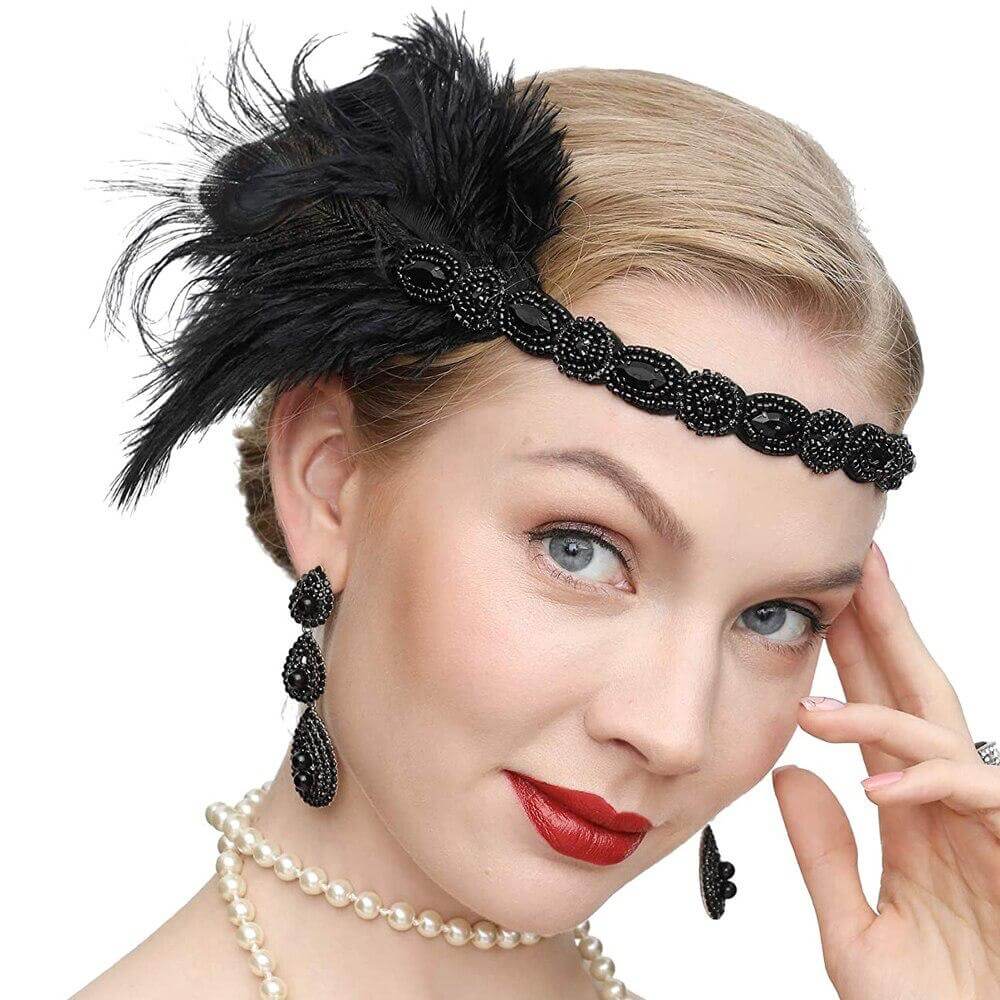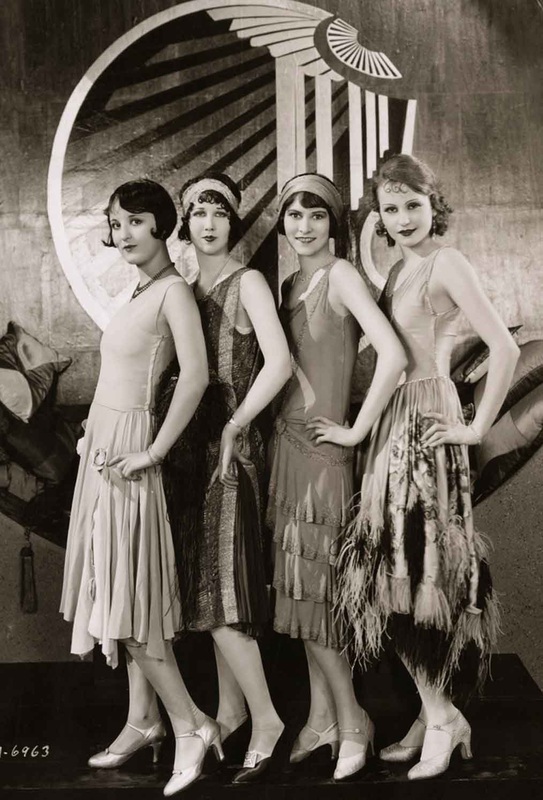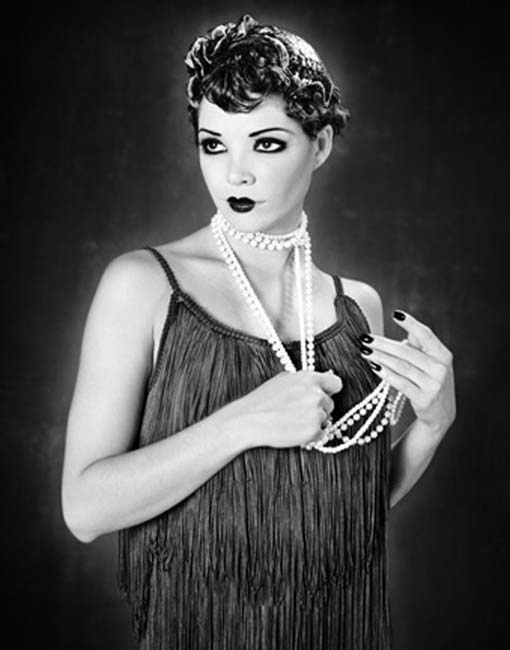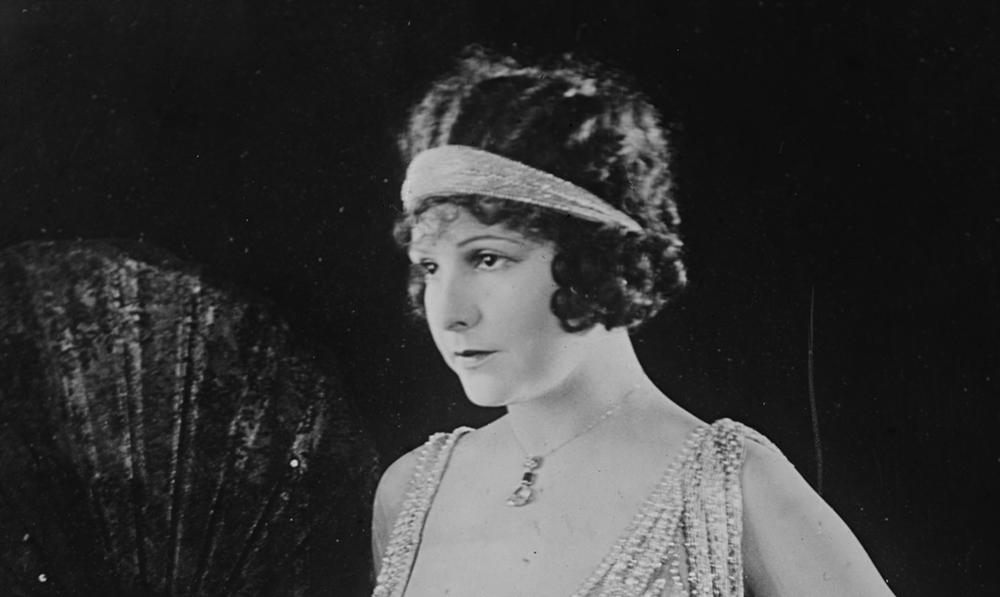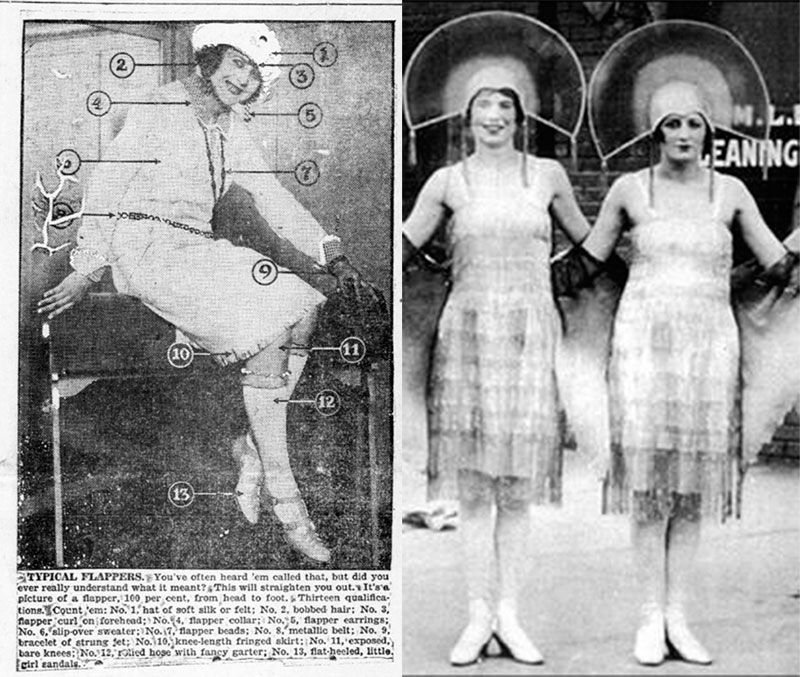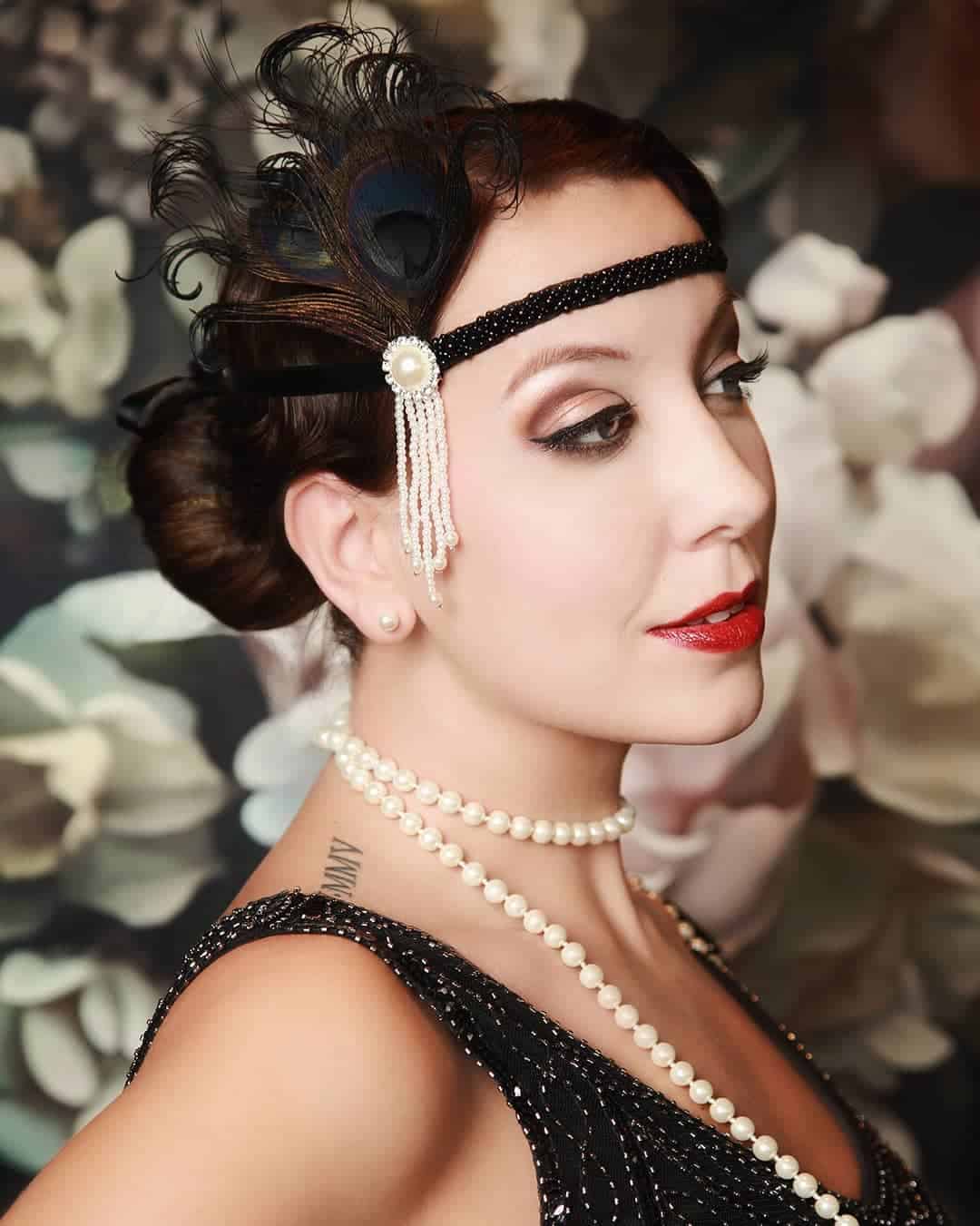Fine Beautiful Info About What Hair Did Flappers Have Shoulder Length Bob Cut
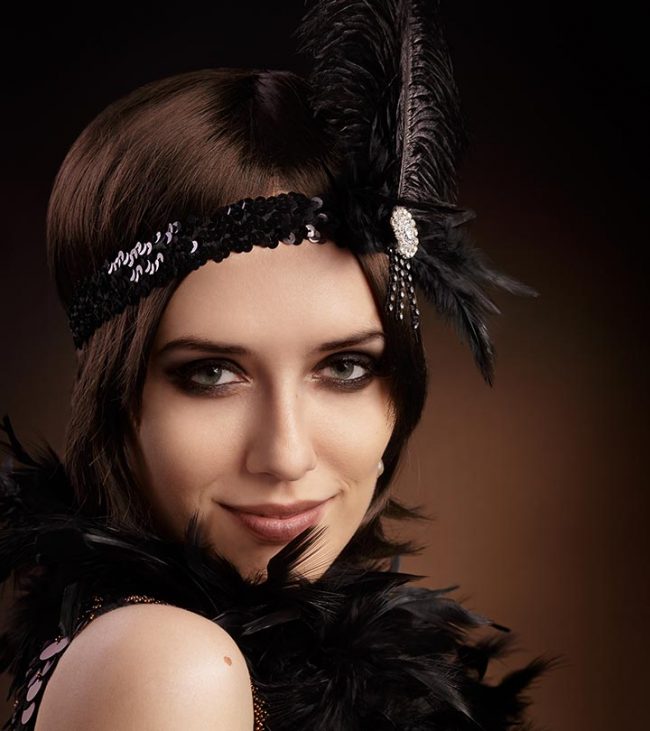
They rolled their stockings down to the knee.
What hair did flappers have. Jumbo pin curl bangs updo. Short skirts, bobbed hair, and “bee stung lips” immediately come to mind. The enduring image of the flapper, almost a century ago, still resonates.
Hemlines of dresses rose dramatically to the knee. The flapper was young, independent, smoking cigarettes and drinking illegal liquor. Flapper, young woman known for wearing short dresses and bobbed hair and for embracing freedom from traditional societal constraints.
Flapper fashion was very distinctive. The look was common for almost all flappers, but the most popular flapper hairstyle was the “loopy curls,” also known as the “clipped curls.” how did flapper girls wear their hair? Short hair was seen as a bold statement of independence and freedom.
Before flappers, women’s fashion and behavior were very modest — long skirts, hair upswept into buns, no talk back at men who ran things. On top of bobbed hairstyles, they favored a lifestyle characterized by cigarette smoking, drinking , dancing, casual sex, and a lack of care for social norms. Earlier ladies hardly made noise in public debates or politics;
In terms of lifestyle, flappers were known to smoke, drink, dance, and enjoy sexual freedom that was unknown to prior generations of women. Where does the term flapper come from? The following year, another article in the new york times further explained:
In general, women's hairstyles in the 1920s aspired to be exotic and sleek, with hair worn close to the head. Flappers were a subculture of young western women prominent after the first world war and through the 1920s who wore short skirts (knee height was considered short during that period), bobbed their hair, listened to jazz, and flaunted their disdain for prevailing codes of decent behavior It is clear to see why flapper hairstyles are so popular.
Possibly because flappers were more androgynous than victorian women, the haircuts became known as bobs. The image of the “flapper” is almost synonymous with the roaring twenties. Flappers are predominantly associated with the late 1910s and the ’20s in the united states.
Then came the flapper joy saying, “we are here too,” loud enough for everyone to hear. The long locks of victorian women lay on the floors of beauty parlors as young women cut their hair to shoulder length. A flapper hairstyle has a wild style, with bangs on the forehead and the hair cascading down the back.
They aimed for a slender, 'boyish' figure. Although the appearance typically associated now with flappers (straight waists, short hair and a hemline above or around the knee) did not fully emerge until 1925, [85] there was an early association in the public mind between unconventional appearance, outrageous behavior, and the word flapper. Flappers changed their appearance to challenge ideas about women and to look modern and free.
They cut their hair short and sometimes coloured it. Long curly with flipped bangs. Flappers of the 1920s were young women known for their energetic freedom, embracing a lifestyle viewed by many at the time as outrageous, immoral or downright dangerous.

